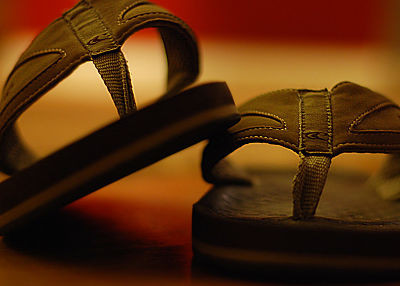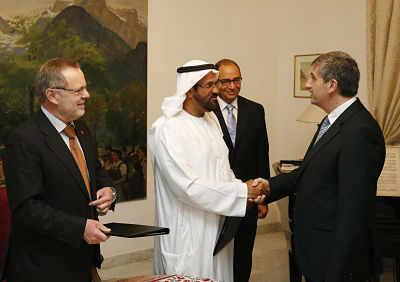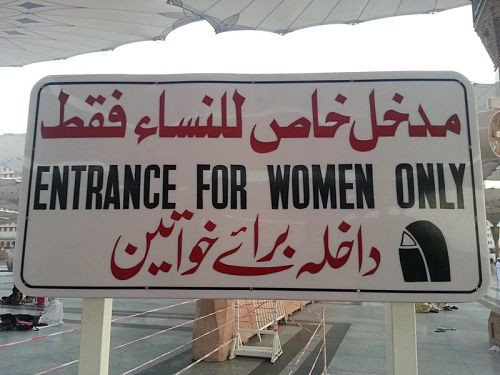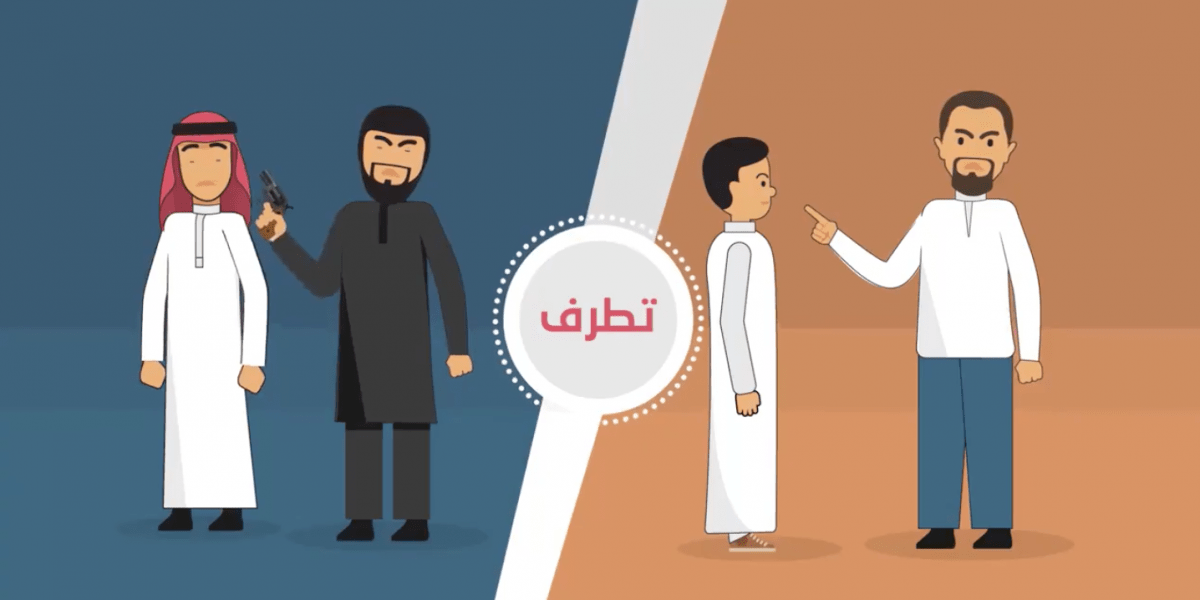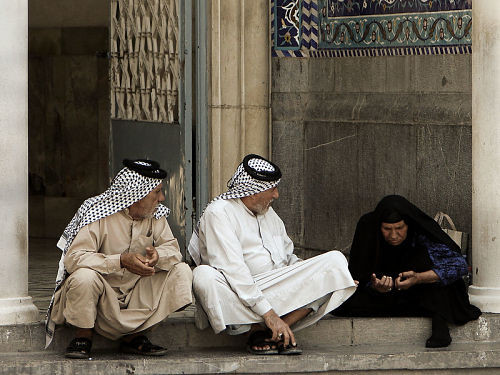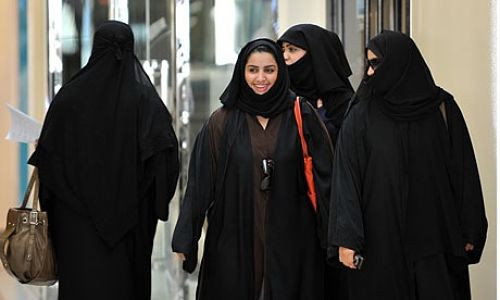Case studies are a great way of learning.
Especially so when it comes to exploring cultural differences in business.
If you want to succeed in the UAE, you need to understand the culture.
Without an appreciation of how the locals do things, foreigners can get things very wrong.
Miscommunication is one of the principal reasons for cultural misunderstandings.
Learning a bit about the country and culture you're working with can make a huge difference.
If you’re American and new to doing business with Saudis, then this is for you!
We're going to give you a quick-fire overview of some of the most common challenges faced by the two cultures when doing business together.
Many assume the two Arab Gulf countries are alike.
However, Saudi Arabia and the UAE are culturally, politically and socially different in many ways.
A question commonly raised during Middle East cross-cultural training is why the region is named this way.
Well, here's a really quick explanation.
Want to make the best impression possible when you visit the UAE?
Then you need to learn a bit about the country, its people and how to behave!
Did you know that Saudi Arabia segregates people at restaurants according to gender?
Yes, it’s true, but the internet and media have been buzzing with news that the country has stopped the practice.
Be warned! Saudi Arabia is a confusing and contradictory place at the moment.
If you’re involved in doing business in Saudi Arabia, then you need to be aware of some of the current changes taking place at a cultural level.
If you’re travelling to the Middle East on business, and want to make a good impression, then it’s important you understand behaviours that are considered rude – or even taboo.
The Middle East is a large region, made up of many different countries – and hence cultures.
Imagine that you’re presented with an unfamiliar board game and told to play it.
Unfortunately, you don’t understand the rules and irritate the other players by making mistakes and getting things wrong.
Are you new to doing business with the Middle East?
Understanding the local culture is critical if you want to succeed.
Are you travelling to the Arab world for business or working with Arab clients/colleagues?
Need to know what to call people and how to address them? Then this blog is exactly what you’ve been searching for!
When it comes to cultural sensitivity training, it’s a little misleading to think of Middle Eastern culture as something homogenous.
Why? Because the Middle East is a melting pot of ethnicities, languages and religions. These elements all fuse together to give us a rich cultural tapestry.
Despite a history of limiting the visibility of women, the application of harsh gender laws have instead made them the most visible part of the Saudi identity.
As such, when many Westerners think of Saudi Arabia, niqab clad women without any rights, are one of the first images that come to mind.
Did you hear about the supermodel, the airport lounge and the cultural faux pas that caused uproar in Saudi Arabia and the UAE?
No? Well, this is a great little example of culture gone wrong!
A common question foreigners moving to or working in the Middle East ask at cultural awareness training sessions is, "Why do the men wear the headdress?"
Great question!
Providing relocation training for expats moving to the Middle East means that we get to hear a great deal about people’s experiences in their new home country.
Although moving to the Middle East can be an incredibly positive experience, it goes without saying that adapting to new cultures and ways of doing things can be a challenge.
The Middle East is as culturally diverse as the USA, which makes it difficult to talk about Middle Eastern culture as something homogenous.
What we will do, however, is to pick a few cultural differences which are shared across most of the Middle East and which are more likely to trip North Americans up when working in the region.

 +44 0330 027 0207 or +1 (818) 532-6908
+44 0330 027 0207 or +1 (818) 532-6908

